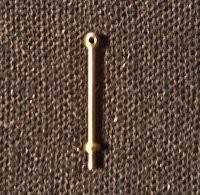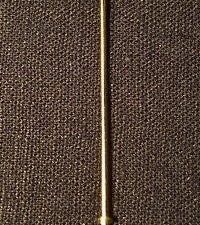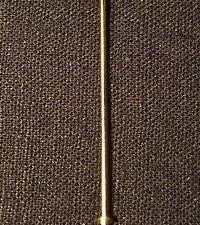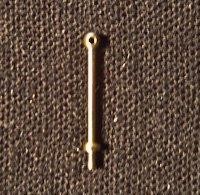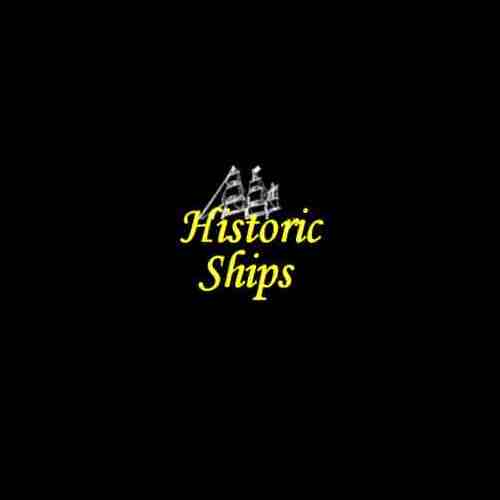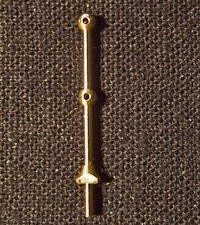Life Rings, Davits, Stanchions, Boom and Gaff Jaws, Propellers, Bells, Barrels
Life Rings Davits Stanchions Boom and Gaff Jaws Propellers Bells Barrels
Life rings, also known as life buoys, play a crucial role in the safety of a ship and its crew. These circular flotation devices are easily identifiable with their bright orange color and reflective tape. In the event of a man-overboard situation, life rings can be thrown to the person in distress, providing them with something to hold onto until they can be rescued. They are also equipped with a line and strobe light for increased visibility.
Davits are a type of crane-like structure used for launching and retrieving lifeboats and rescue boats on a ship. They are typically located on the deck and can be manually operated or powered by hydraulics. Davits are an essential part of a ship’s emergency preparedness and are regularly inspected and maintained to ensure their proper functioning.
Stanchions, also known as guardrails, are vertical posts with horizontal bars used to create a barrier around the perimeter of the ship’s deck. They serve as a safety measure to prevent people from falling overboard and are especially important during rough sea conditions. Stanchions are also equipped with gates for easy access to and from the deck. More about Life Rings Davits Stanchions Boom and Gaff Jaws Propellers Bells Barrels below
- Out of Stock
- Read more
- $7.80
2 Hole Brass Stanchion 10mm – Caldercraft
Boom and gaff jaws are used to secure the ship’s sails and rigging. These jaws, typically made of metal, are attached to the mast and provide a strong holding point for the ropes and lines that control the sails. They are essential for maneuvering the ship and ensuring the sails are properly trimmed for optimal performance.
Propellers are arguably one of the most important components of a ship’s propulsion system. These rotating blades, usually made of metal, are responsible for propelling the ship through the water. The size and design of the propellers depend on the size and type of the ship, and they are regularly inspected and maintained to ensure efficient operation.
Bells have been used on ships for centuries as a means of communication. These large, metal bells are rung to signal different events, such as shift changes, meal times, and emergencies. They are also used in foggy conditions to warn other ships of the ship’s presence. Bells are an important part of ship tradition and are still used in modern ships.
Barrels, specifically oil barrels, have been used on ships to store and transport oil and other liquids. These cylindrical containers, usually made of metal, are securely fastened to the ship’s deck to prevent them from moving during rough sea conditions. Barrels are also used to store fresh water and other supplies on long voyages.
In conclusion, Life Rings Davits Stanchions Boom and Gaff Jaws Propellers Bells Barrels may seem insignificant, but they all play a vital role in the safety, navigation, and operation of the vessel. They are regularly inspected and maintained to ensure the safety and efficiency of the ship and its crew. From life-saving devices to communication tools and storage containers, each element serves a unique purpose in the complex world of ship operations.

